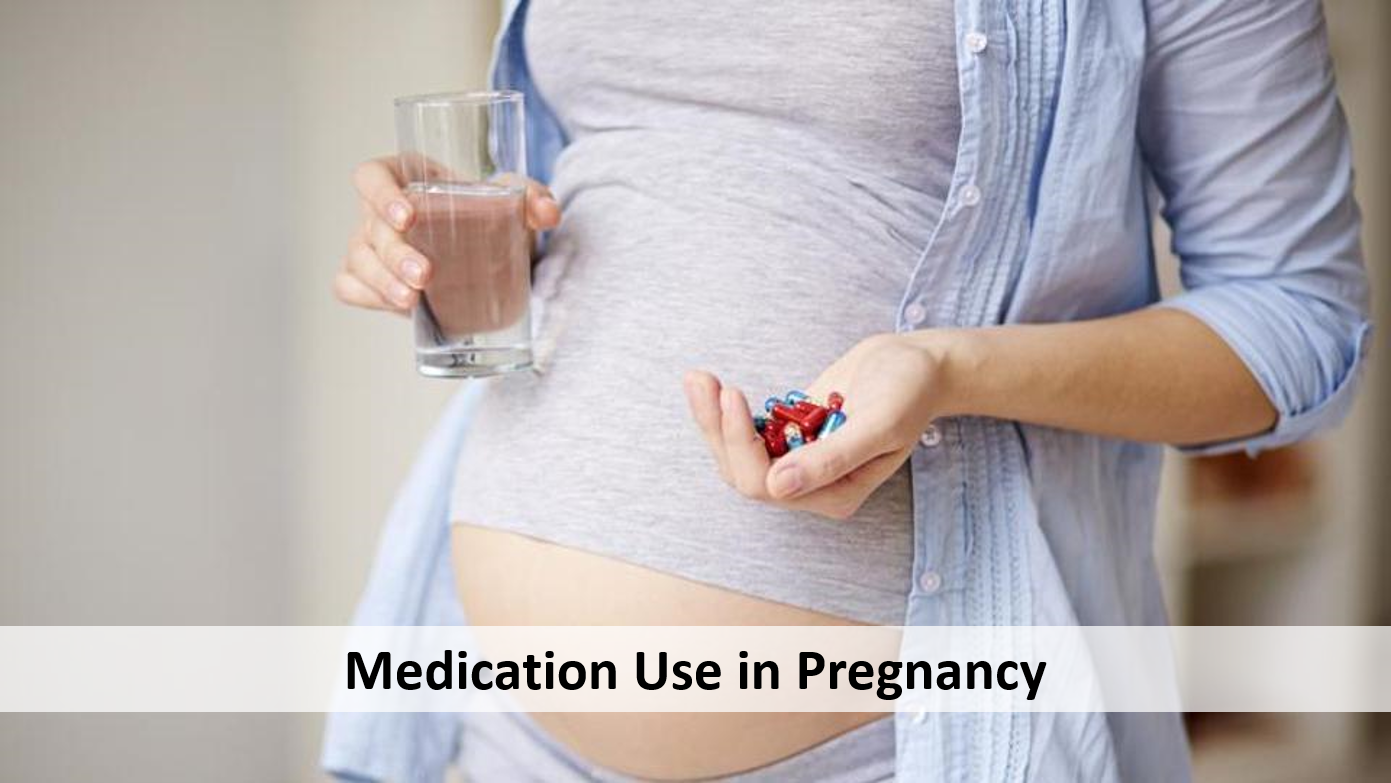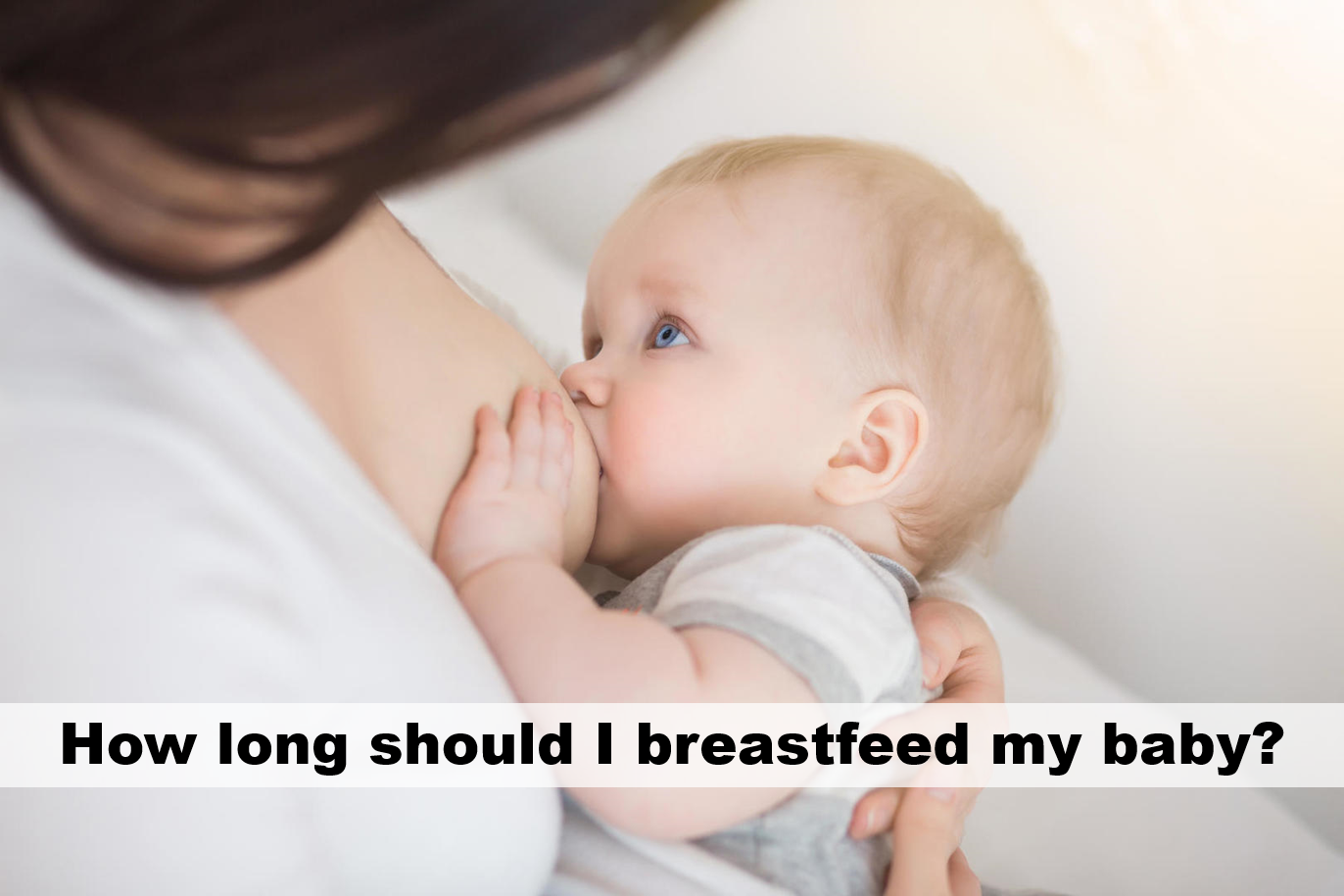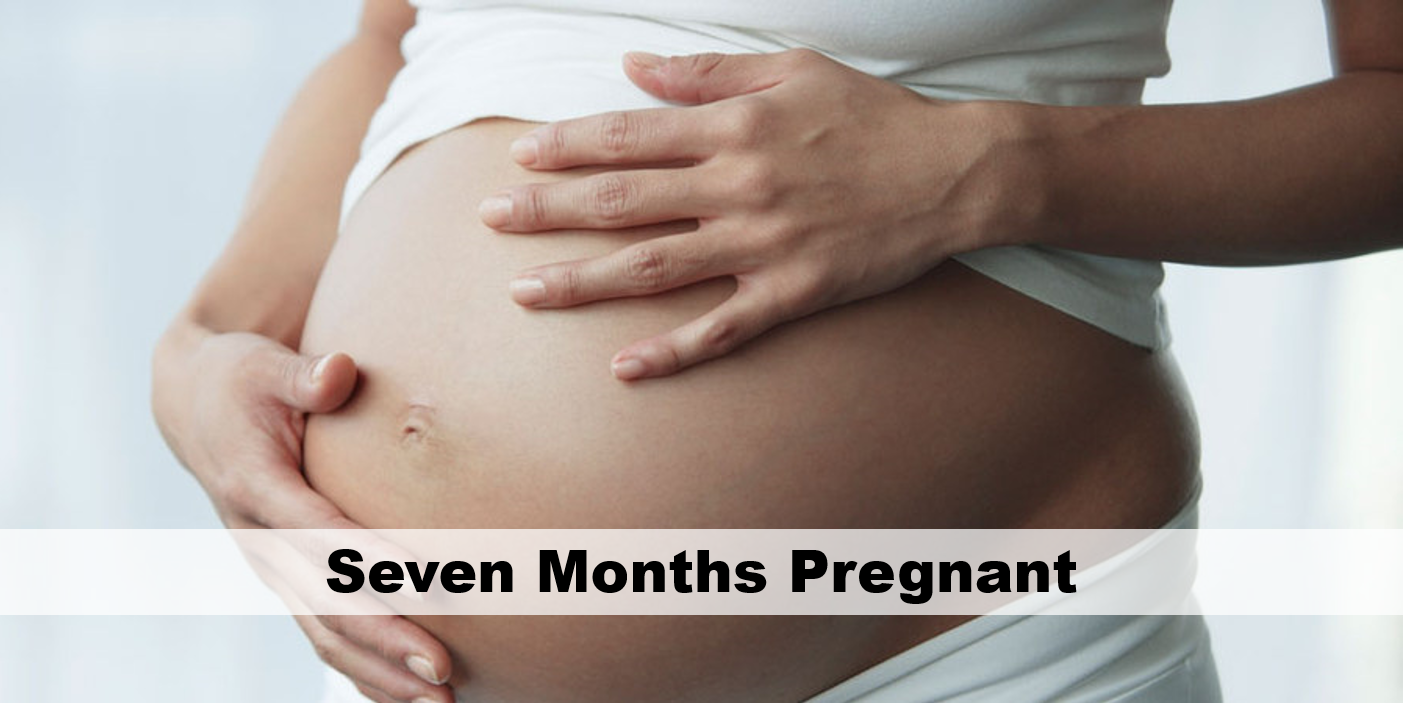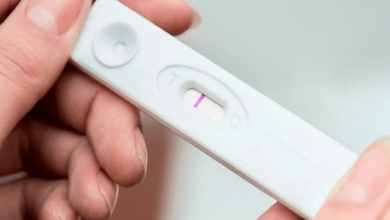Twin Pregnancy (Multiple Birth)
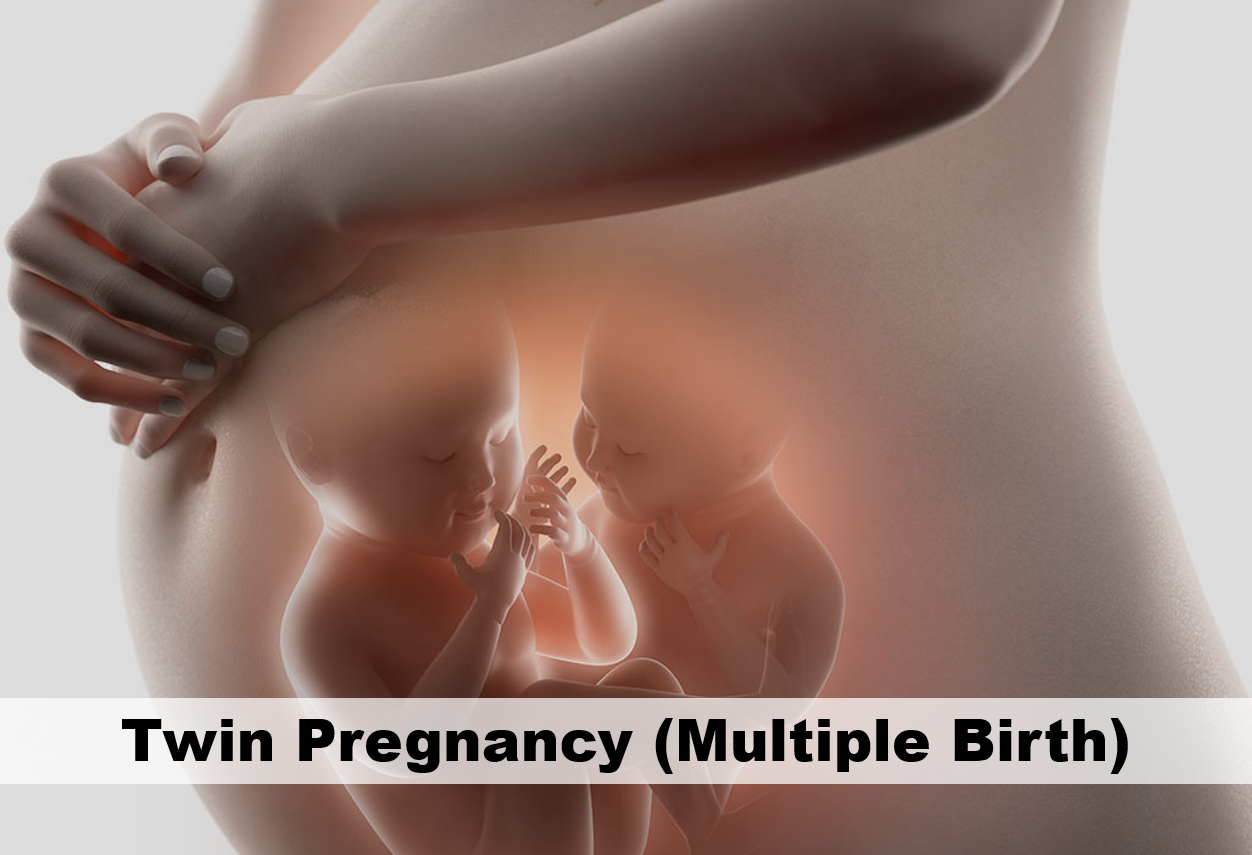
Twin Pregnancy or Multiple Birth. When you decide to have a child and find out that you are pregnant, there are no happier people than you in the world. The most common type of multiple pregnancies is in twin pregnancies. You’re looking forward to your doctor’s checks, and you can’t wait to learn something about the little in your belly. Like many women, you will have worries and fears about your pregnancy. Right, having two babies instead of one? Twin pregnancy occurs in one out of every eighty naturally occurring pregnancies. The incidence of twin pregnancies is higher in women who are in vitro fertilized and taking medication to become pregnant. When you learn that you have a twin pregnancy, you may cope with many questions about having babies more than one. Twin pregnancies are divided into monozygotic (identical) and dizygotic (fraternal). The frequency of dizygotic is higher than that of monozygotic. Only one-tenth of all twins are identical twins. This text will explain what twin pregnancy is, and your chance of having a twin pregnancy.
What is Twin Pregnancy?
Twin pregnancy occurs when multiple babies grow in the uterus at the same time. Twin pregnancy occurs when more than one egg is fertilized during the menstrual period and starts to develop in the uterus separately (dizygotic) or is divided into one fertilized egg (monozygotic). In dizygotic, siblings do not have the same gene, so their gender and appearance may be different. There are two placentas in the womb, and the placenta and amniotic fluid of the twin babies are different. On the other hand, in identical twins, they share the same genetic structures, so their sex will be the same.
The Likelihood of Having Twins
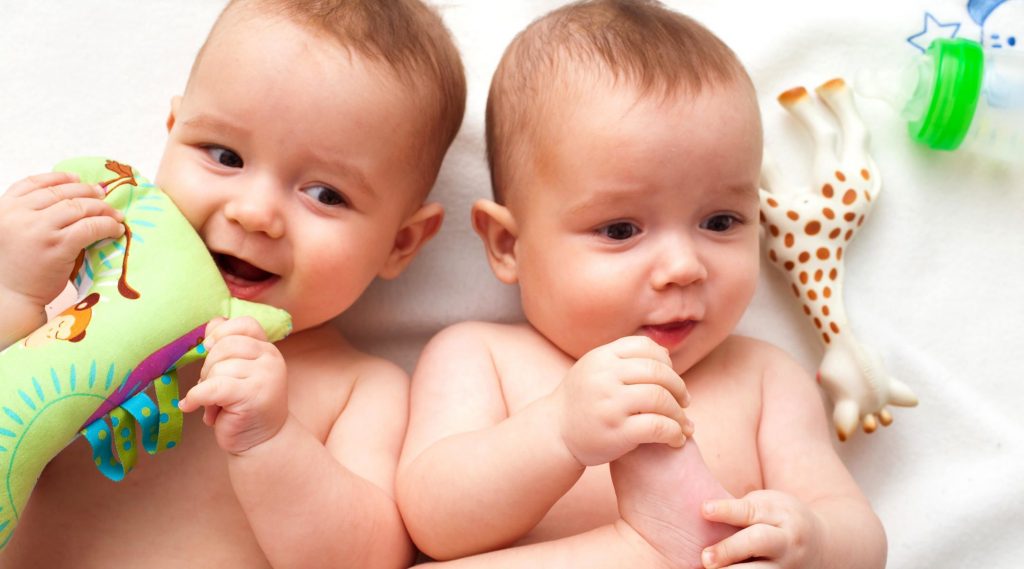
- Multiple pregnancies are more common in older (35 years and older) pregnancies. As a woman gets older, the chance of getting pregnant becomes more difficult compared to younger ages. However, the rate of multiple pregnancies is higher when she becomes pregnant over 35.
- Multiple births are more common in some races. For example, twin pregnancy in Nigeria is around 5%.
- If there is a twin pregnancy in the mother’s family, the chance of multiple pregnancy increases. However, this situation is just for dizygotic pregnancies. Moreover, having multiple births in father’s family does not affect the probability of twin pregnancy.
- Twin pregnancies may be seen more in the body parts exposed to sunlight in summer
- Women who become pregnant as a result of gonadotropin and clomiphene citrate treatment has a chance of twin pregnancy.
- Monozygotic is more likely to be in vitro fertilized women. Furthermore, the probability of the occurrence of identical twins is not affected by any factor. The rate of monozygotic is the same throughout the world, with a ratio of 1/250.
What are the Increasing Risks in Twin Pregnancies?
- Nausea and vomiting are more common.
- The risk of premature birth and miscarriage is higher than in normal pregnancies.
- High blood pressure during pregnancy is more common.
- Placental abnormality is more common in twin pregnancies.
- Anemia is more common.
- It is more likely to develop a baby with spasticity.
- There is a greater risk of umbilical cord entanglement and stillbirth.
Is Vaginal Delivery or Cesarean Sections Recommended in Twin Pregnancies?
The recent approach to twin pregnancies is usually a cesarean section. In positions where both babies come to the birth canal with their head, so the doctor looks at the findings and decides which type of delivery should be performed. In all multiple pregnancies with more than two babies, cesarean section is preferred.


